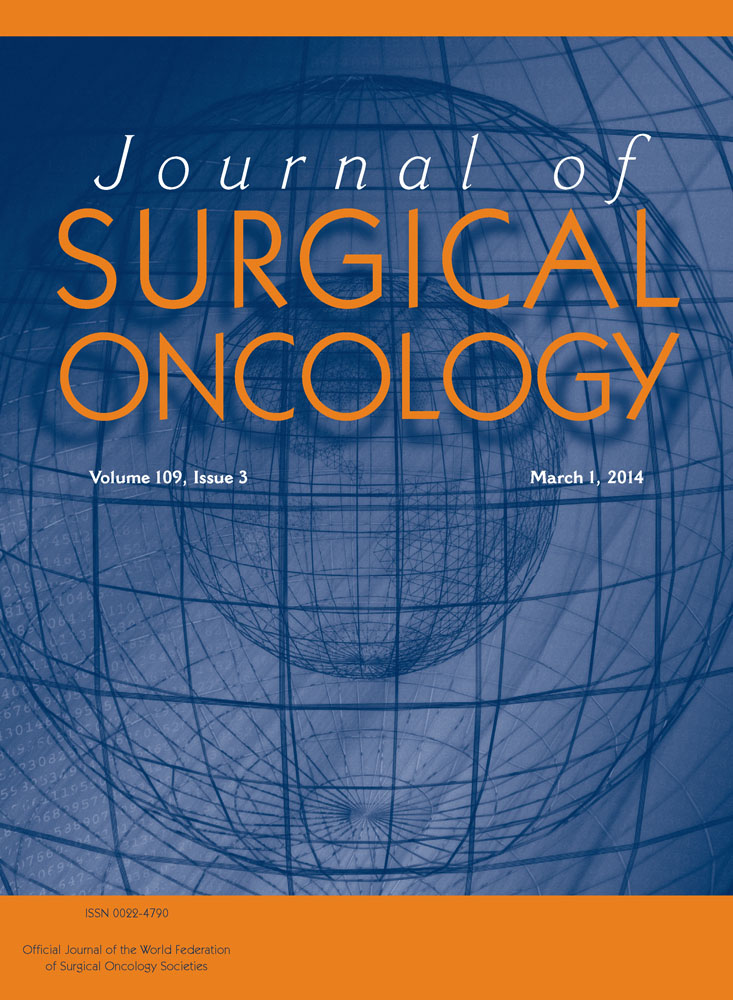Ability of FDG-PET/CT in the detection of gallbladder cancer
Abstract
Purpose
To assess the value of FDG-PET/CT in the evaluation of gallbladder carcinomas (GBC).
Methods
A prospective cohort of patients with suspicion of or confirmed GBC was studied with FDG-PET/CT. Diagnostic accuracy parameters were calculated in comparison with pathology and/or the clinical course of patients. Clinical impact of PET/CT imaging was estimated.
Results
Forty-nine patients were enrolled (34 malignant tumors, 15 benign lesions; 37 staging, 12 restaging). Overall diagnostic accuracy was 95.9% for the diagnosis of the primary lesion, 85.7% for lymph node involvement and 95.9% for metastatic disease. Mean SUVmax in malignant gallbladder lesions was 7.92 ± 6.25 Analysis of ROC curves showed a SUVmax cut-off value of 3.62 for malignancy (S: 78.1%; Sp: 88.2%). Diagnostic accuracy in the restaging group reached 100%. FDG-PET/CT changed the management of 22.4% of the population.
Comments
Diagnosis of malignancy or benignity of suspicious gallbladder lesions is accurately made with FDG PET/CT, allowing a precise staging of GBC due to its ability to identify unsuspected metastatic disease. SUVmax has a complementary role in addition to visual analysis. J. Surg. Oncol. 2014 109:218–224. © 2013 Wiley Periodicals, Inc.




